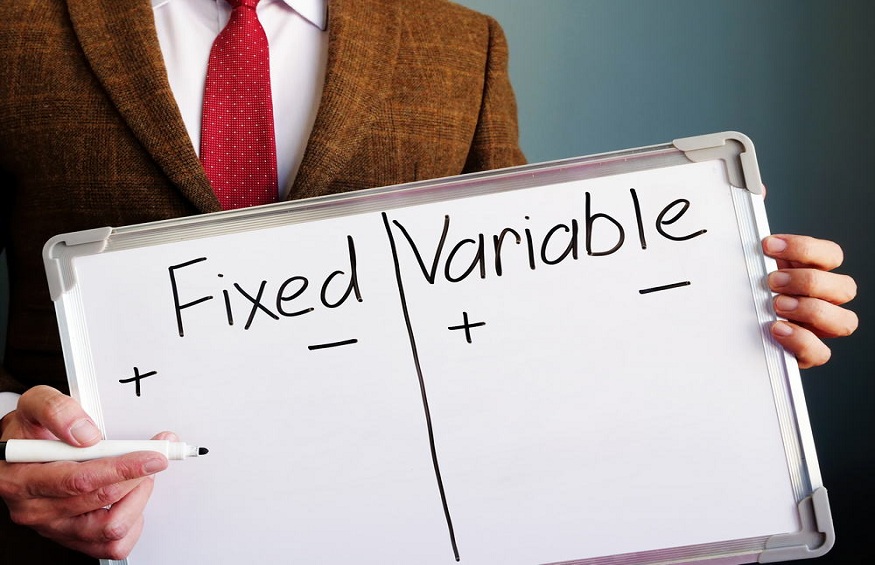
What is a budget without an analysis of every single cost, every incoming and outgoing of a business? Well, it is simply not a particularly good budget.
And yet, this is the type of budget that far too many small ecommerce ventures make at the outset of their journey. This is less a problem later, when the resources for professional accounting and business analysis become affordable, but for the small companies without the money for that yet, seeing to every single cost can be pretty challenging.
The reason for this is firstly that there are many of them, and secondly that they change over time. If you are in ecommerce, you might have heard the term variable and fixed costs. Breaking your cost analysis into these categories is a very good move (in fact, essential for a proper cost analysis and budget).
Nevertheless, you might look at these two terms and think that variable costs are the ones that change, and fixed costs are the ones that do not. This is not actually the case.
The Difference
Yes, your variable costs will of course change, but the fixed costs do too. Fixed costs do not refer to actually fixed costs; they refer to costs that do not change in relation to business operations.
A good example of fixed cost is the cost your web server. This doesn’t change whether you have a good or a bad month, but it could change. The only thing that makes it a fixed cost is that it doesn’t change according to how many units you sell, or with the state of the market.
A variable cost is one that changes according to business health, and it will be these costs that can change month to month. For example, you might one month sell a good amount of a wholesale batch of, say, toothbrushes. You might then require a new batch from the wholesaler dead on the first of the month. Next month, you might sell much less (and have plenty left over), meaning that next month’s order is not necessary. That is a variable cost.
Thales Financial, a company specializing in invoice factoring for small businesses, say that their services are often needed because of variable costs. It is all to do with cash flow – not profits – and extra variable costs one month could mean that a certain bill cannot be met until later. If that bill absolutely has to be met, the company suddenly has a cash flow problem – even if they make enough money overall to cover everything.
What we can take from this is that long-term financial planning that actually takes into account variable costs (i.e., attempts to predict them) is essential to maintain a healthy cash flow. Moreover, you cannot expand your business until all cash flow issues have been settled.
Examples
So that’s the difference between fixed and variable costs – and the importance of factoring them into your budget. Here a few more examples:
Fixed Costs
Here follows a list of some of the most common fixed costs that are unlikely to change from one month to the next (but still subject to change):
- Web hosting fees
- Office space rent
- Utilities
- Internet access and program subscriptions.
Variable Costs
And here follows examples of variable costs. Examine these closely as projections can indeed be made based on past observations:
- Raw materials
- Storage costs
- Order fulfillment and shipping
- Supplier and wholesaler payments
- Contractors for marketing campaigns.
The key take-away, therefore, is that all costs are variable – but there are some that are more variable than others!






